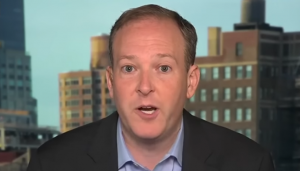Oil prices on Tuesday rose to a seven-year high and US stock futures fell as Europe’s eastern frontier teetered on the verge of war after Russian President Vladimir Putin ordered troops into separatist regions of eastern Ukraine.
Also Read| India on Russia-Ukraine crisis: ‘Cannot have military escalation’
Brent oil futures climbed 1.6% to $96.94, slightly off their seven-year high. The S&P 500 futures sank 1.5%, while the Nasdaq futures plummeted 2.2%. Asian equities were also down more than a half per cent, with Japan’s Nikkei falling significantly.
In the Indian market, Sensex tanked over 1,000 points and the NSE Nifty cracked below the key 17,000-level in opening deals on Tuesday, mirroring a rout in the global equity markets.
Also Read| Joe Biden condemns Russian recognition of Ukraine breakaway regions
The Russian rouble temporarily struck an 18-month low in early Asia trade on Tuesday, following a 10.5% drop in Russia’s MOEX stock index the day before. Spot gold, on the other hand, reached a fresh six-month high of $1,911.56.
Putin recognized two separatist areas in eastern Ukraine as independent on Monday and ordered the Russian army to undertake what Moscow termed a peacekeeping mission into the region, boosting the ante in a situation that might spark a devastating war.
Also Read | Ukraine crises: Biden-Putin summit unlikely, says official
In early trade on Tuesday, MSCI’s broadest index of Asia Pacific equities outside Japan fell 0.66%, while Japan’s Nikkei dropped 1.6%. The yen surged as much as 0.2% in Asia, reaching a nearly three-week high of 114.50 per dollar before trimming its gains. The euro slipped 0.1% to $1.1296, a one-week low.
Also Read| Russian troops could enter Ukraine’s separatist regions in coming hours: US official
The concern also pushed down US Treasury rates, with the benchmark 10-year Treasury yield falling as far as 5.5 basis points to 1.8715%. Bets on Federal Reserve rate rises have also weakened, with the likelihood of a 50-bp increase next month falling below one-in-five.
Also Read| Ukraine president to nation: ‘We are not afraid of anyone’
Policymakers in the United States have been publicly arguing on how aggressively to begin tightening. Federal Reserve Governor Michelle Bowman said on Monday that she will evaluate incoming economic data over the next three weeks before deciding whether to raise interest rates by half a percentage point at the central bank’s next meeting in March.






